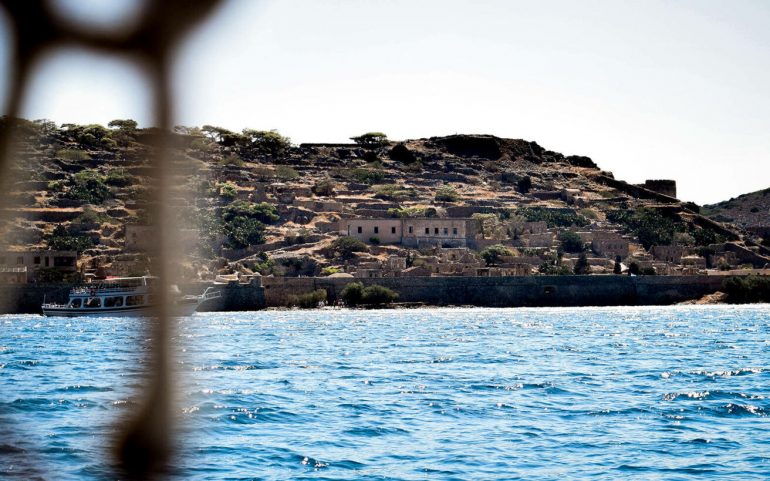Recently, almost the entire planet (and of course our country) is in a peculiar self-limitation due to the battle to stop its spread. coronavirus, a word has come up again that only memories of pain and death can bring back to our memory.
Η quarantine. A word that in today's conditions may not have the weight it had in the past but is still capable of causing terror. You see, now scientists are trying to beat a virus in hospital rooms. Once upon a time, the fate of those who were ill with leprosy was cruel exile, strict quarantine and finally death.
And don't think that we are talking about many years back. The victory of the scientific community over leprosy came about in the mid-1950s!
In Greece (and for a long time in the rest of Europe) when someone heard the word "leprosy»Then, almost automatically, his mind went to Spinalonga!
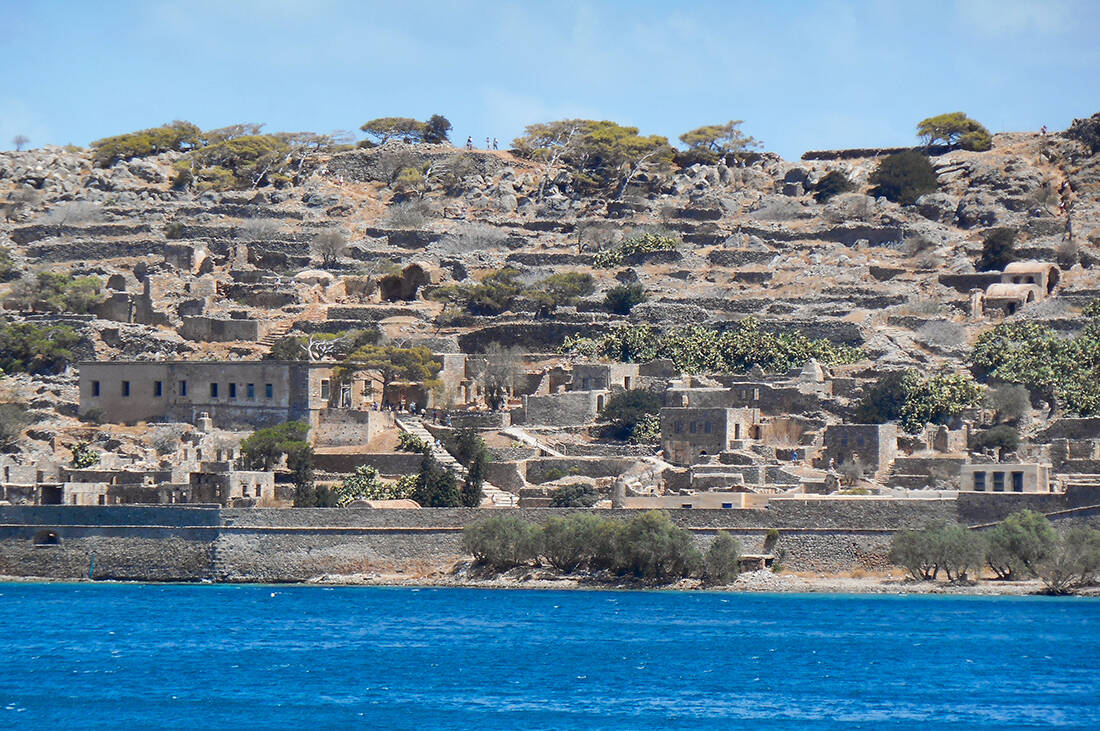
Spinalonga is a small island that closes from the north the bay of Elounda, in the prefecture Lassithi in Crete. We first encounter it in the depths of history when it was perfectly fortified by the Venetians both in terms of construction and architecture and in terms of aesthetics of the whole landscape that still retains its beauty and this is one of the reasons that has become a tourist destination. . Before we get to today, however, Spinalonga only had stories of pain and death to tell.
In 1903, the leper colony was founded on the island, which (given that at that time there was not even a suspicion of a drug) was essentially a place of exile, isolation and quarantine in order to reduce the spread of this disease which was considered highly contagious and of course fear and the terror for the citizens.
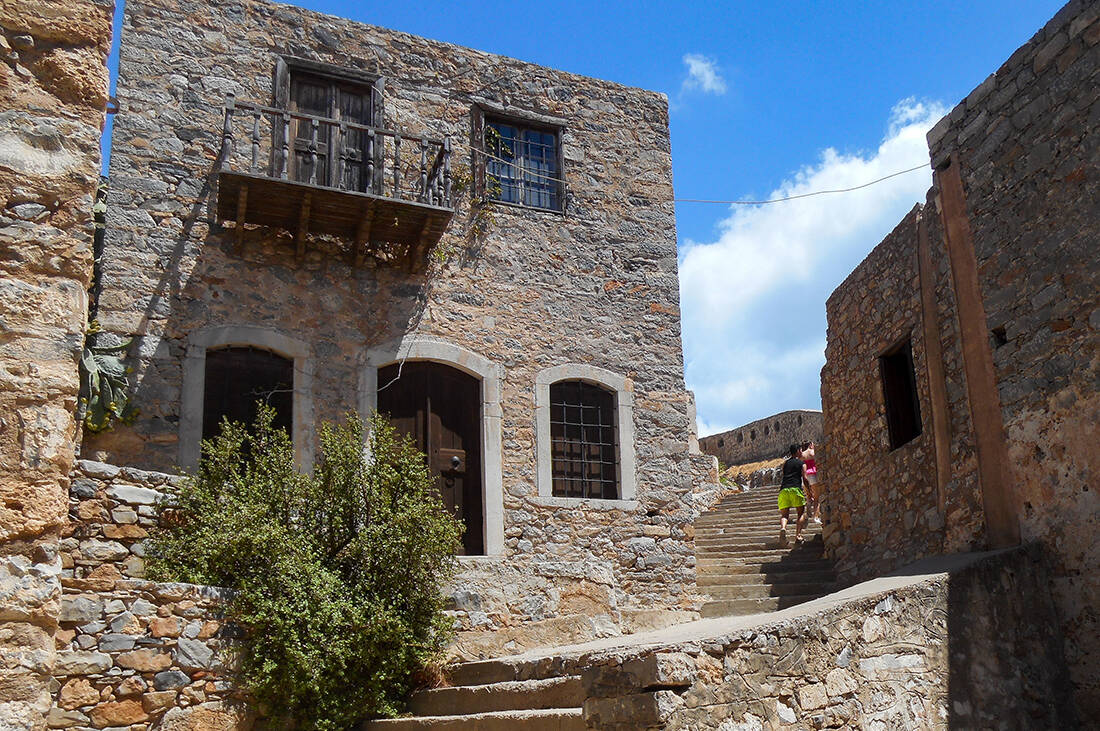
It is worth noting that before the quarantine of Spinalonga, the Hansen (as the lepers were called because of the scientific name of Hansen's disease) were forced to live in isolation (meskinies, as they were called in Crete) away from the rest of the population and of course abandoned by the state. Only the relatives and friends of the lepers approached the backstage in order to leave food or other goods.
Leprosy is caused by the mycobacterium leprae, which is related to the tuberculosis mycobacterium. This microorganism was discovered by Dr. GAHansen in 1873. The disease is contagious when there is frequent contact with a patient, but most (95%) of the population has natural immunity.
It was the time when those who had been confirmed to be sick had to wear bells around their necks to warn others to stay away so that they would not get stuck.

With this data, it was deemed necessary to create a place for the Hansen to be isolated but to be able to create their own community and why not be able to try to survive through self-organization.
This place was found. It was the small island opposite Elounda which quickly gained a great reputation and there finally lepers came not only from every corner of Greece but also from abroad, as a result of which it received the name of the international leper colony.
In order to do this, however, he had to arrive in 1913 when Crete was united with the rest of Greece. For the first ten years of its operation (from May 30, 1903), Spinalonga had only a handful of people from the mainland.
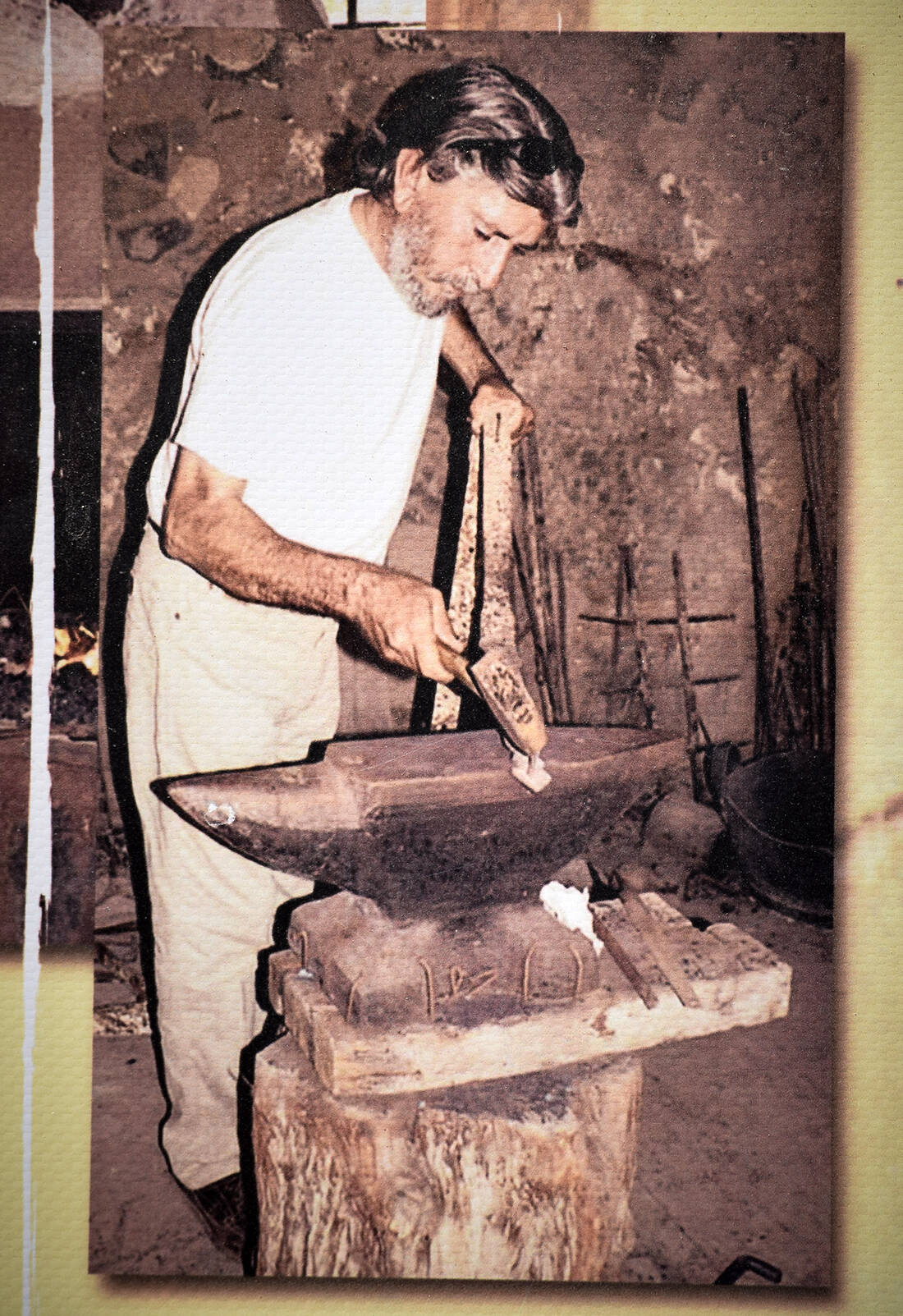
Historians who have studied what happened on the island divide its history into two periods. The first from the beginning of its operation until 1930 where the words isolation, pain, death, misery and tears are perhaps small to show what exactly was going on there.
The second period begins in the mid-1930s. Then a third-year law student, Epamineondas Remountakis (or Remoundakis) fell ill with leprosy. After the first shock of his transfer to the quarantine of the small island, he decided that the Hansenians had every right to live until they lost the battle with death. with dignity.
He founded the "Brotherhood of Patient Spinalonga" and began, with the help of other Hansenians, to organize "from below", and without the slightest help from the state, their lives.
They formed small groups based on the professions and knowledge that each had and began to make everything they needed to live like normal people.
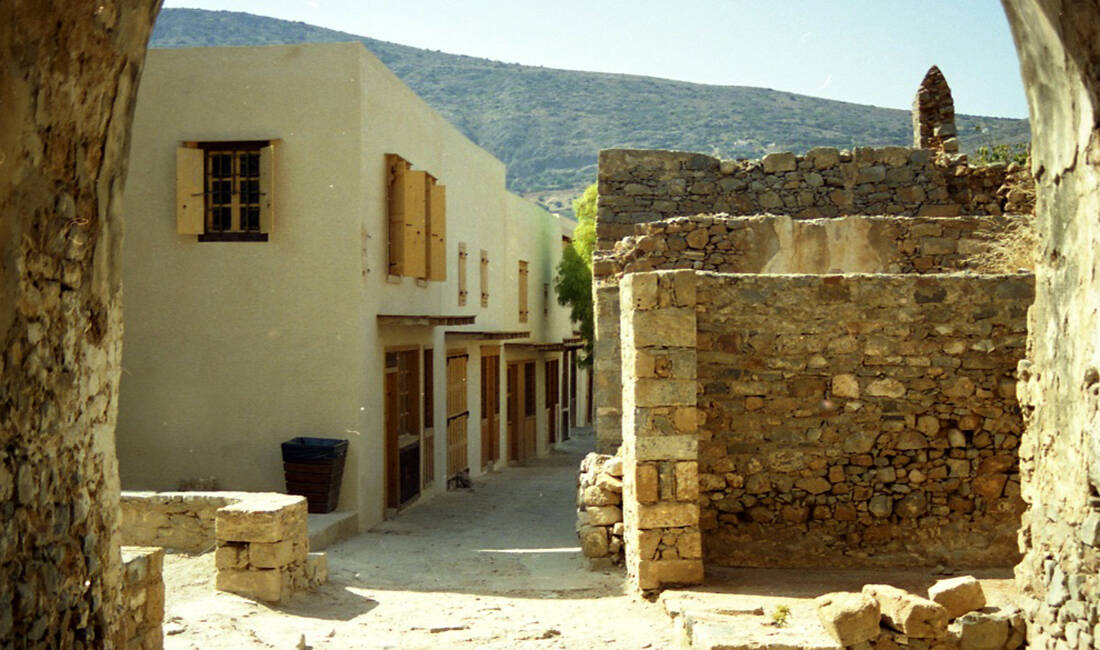
Roads were built, houses whitewashed to look more beautiful, they built their own bakery, their own barber shop, their own cafe, even their own church they made Agios Panteleimon. In fact, there was a heroic priest in this church, Chrysanthos Katsoulogiannakis, who was there of his own free will as he had not been infected with Hansen's disease but wanted to dedicate his life and work to the "hell".
In addition, there was a public cleaning service and a theater and cinema were set up to entertain. Loudspeakers were also installed in the village, from which music was heard most of the day so that even those who could no longer move outside would not feel alone.
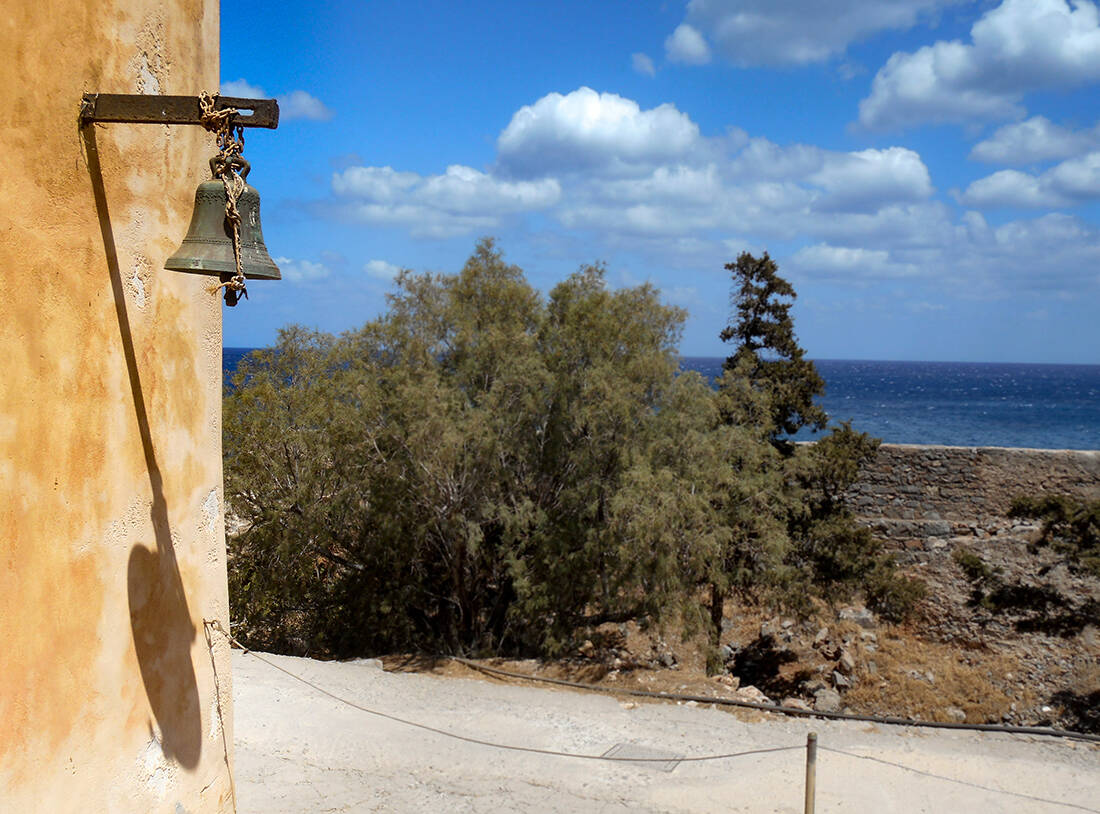
Somehow life began to flow more normally for patients who formed friends, quarreled, fell in love, while some got married and had children who never contracted the disease!

The "Saint of Love and Solidarity", as Remoundakis was called, managed to make the necessary moves, so that even an electric generator that would provide electricity to illuminate the streets at night would arrive on the island.
It is said that when Metaxas, the then prefect, went to the island for an autopsy during the dictatorship, Remountakis approached him, keeping the necessary distances, looked him in the eyes and said: "Mr. Minister, I am for you and your children, so that I do not stick to them. , so as not to infect them, I came here and died alive. You also have an obligation to look at me. Take care of me!
Remountakis lost his sight in 1947 due to the disease. He never lost his passion, however, and so from 1948 onwards (hence the number of lepers in Spinalonga began to decline because then the first anti-leprosy drug was discovered) dedicated to the struggle to close the island's leper colony.
In the end, he succeeded. In 1957, and after many others had been cured, the last 20 Hansenians were transferred from Spinalonga to the leprosarium. sanatorium of St. Barbara in Αιγάλεω. Remundakis and his wife also moved there and finally died there in 1978.

There, being blind, he told doctors and nurses how tragic and inhumane he and the other Hansenians lived in Spinalonga. He wanted a book to be written so that people could learn the truth. There is also a disgust of his speech addressed to those who would go to the island of pain at some point:
"Walking on the street of Spinalonga, stop and hold your breath. From a hideout around you you will hear the echo of a lament of a mother, a sister or the sigh of a man. Leave two tears in your eyes and you will see millions of tears shining that watered this road… ".
